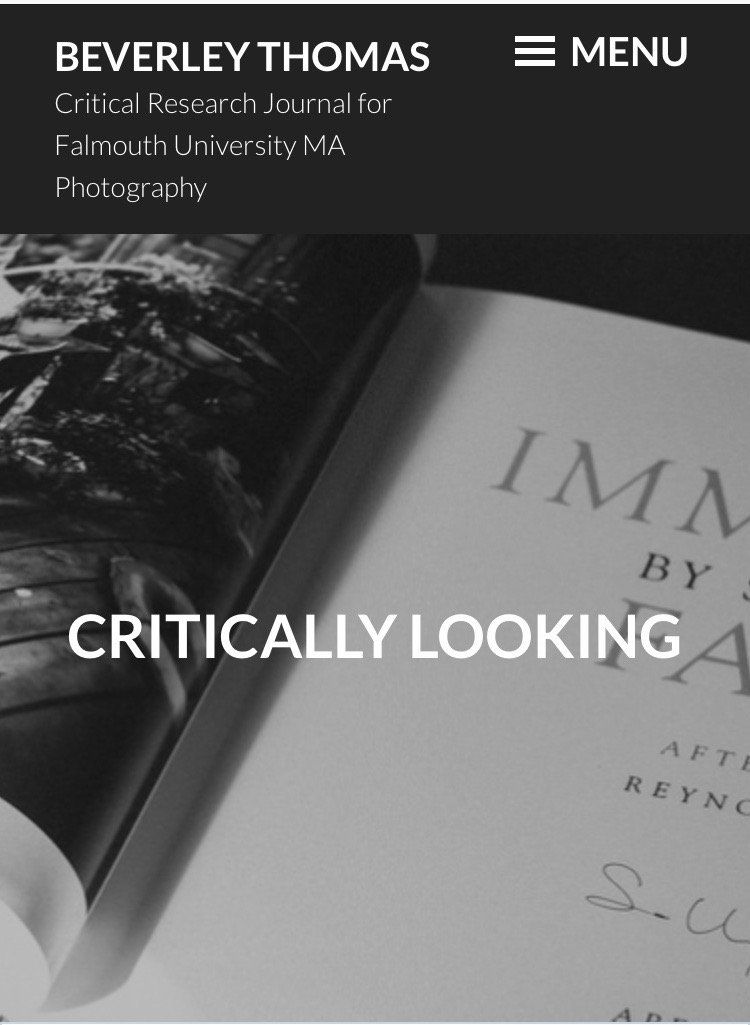Artifact
Can a Photograph be an Artifact?
Photographs are not just images; they are physical artifacts. The physical form of the photographic image, prescribed by prevailing technology, determines what can be photographed, how it can be displayed or published, how it can be encountered by others, how it can circulate through public culture.
One could ask, can a photograph be an artifact? Eventually an image will becomes a historic relic and data witnessed through the camera, will sooner or later have changed over the persistence of time. Not to mention with the evolution of technology, the objects produced or shaped by humans will, in reality, become part of our history.
When I started putting this series together I knew that Light and Shadow was going to dominate objects produced or shaped by human craft. Each photograph consists of views that I have witnessed on my journey and felt connected to in one way or another.
At the same time, these locations and objects have not only been seen through my camera. In fact, they have been visualised by many others on their own journey. To put it differently, these artifacts were out there in the public domain, passed by everyday, and yet they compelled me to stop, observe and record their existence.
A Record of Existence
Today we live in a world dominated by social media and with that comes a sea of photographic images. Photographs suggesting the existence of people and objects proving a record that we were there. Moreover, this form of record provides information that has been witnessed in a particular moment of time.
The photographic image has evolved and nowadays it is relatively easy to take a photograph and share it across different digital platforms. However, the very first photograph or at least the oldest surviving photograph was taken by Joseph Nicéphore Niépce in 1826 or 1827 and it was not so easy, it relied on the right light, the correct time exposure and the apparatus.
For this reason, it is important to realise the three basic elements of photography Aperture, Shutter and ISO. Then we have the elements of composition, these include Patterns, Symmetry/Asymmetry, Form, Texture, Colour, Shapes and Space. As a photographic artist, I use my knowledge and awareness of these different elements. And this helps me convey the intent of my photography and provide a record the subjects existence.
Nowadays, the camera records images instantaneously and the operator can just press the shutter to record that fraction of a second. Furthermore, what was once a skilled art form has now become ubiquitous amongst many. The invention of photography has revolutionised communications and cultures forever, changing everything in the visual arts and our vision of the world. As a result these artifacts/photographs can be viewed from the past, providing more access and social media has enabled images to be mass-distributed often as digital images.
To see this series please follow Instagram.com/beverley_thomas_photography/











